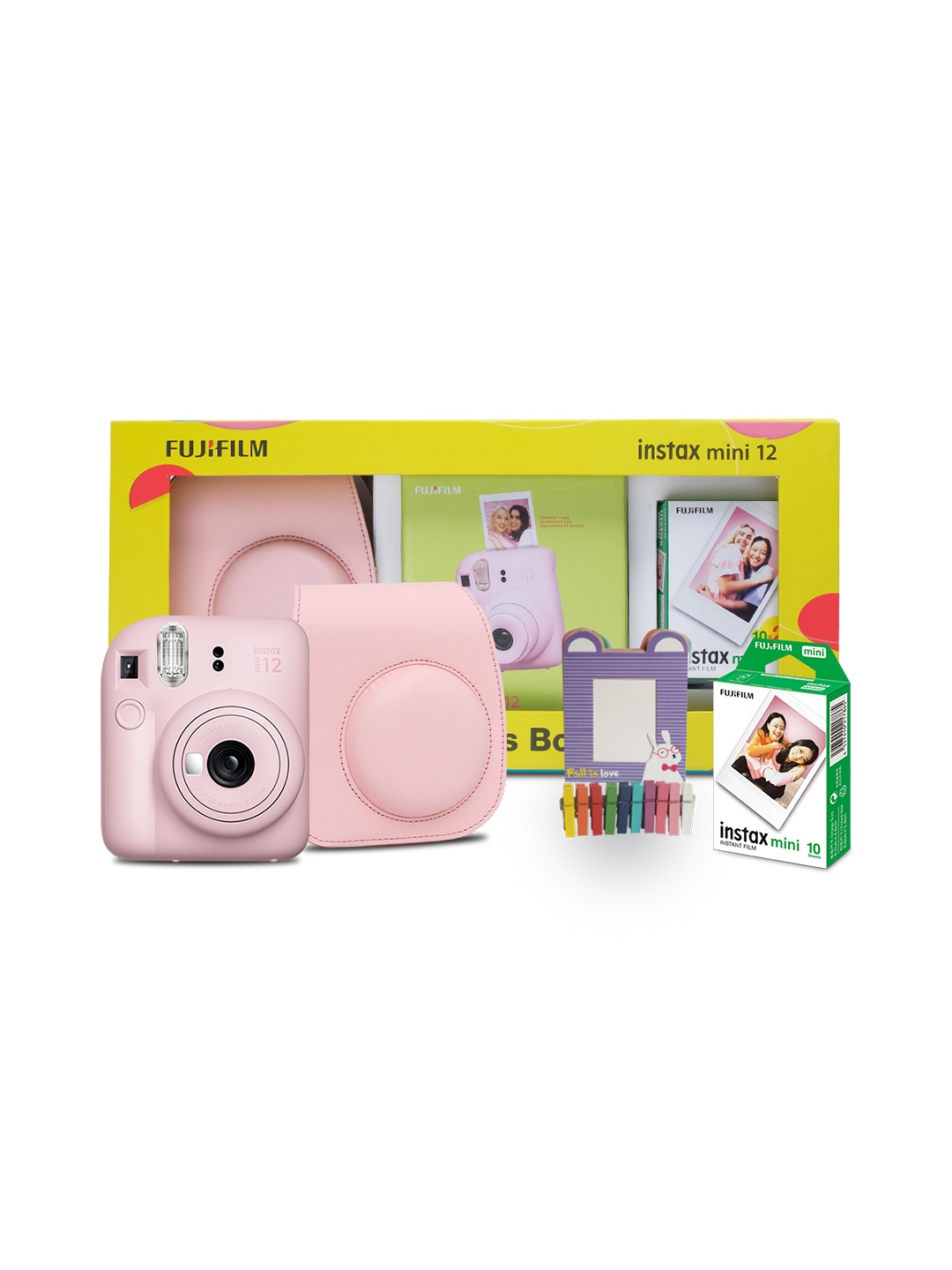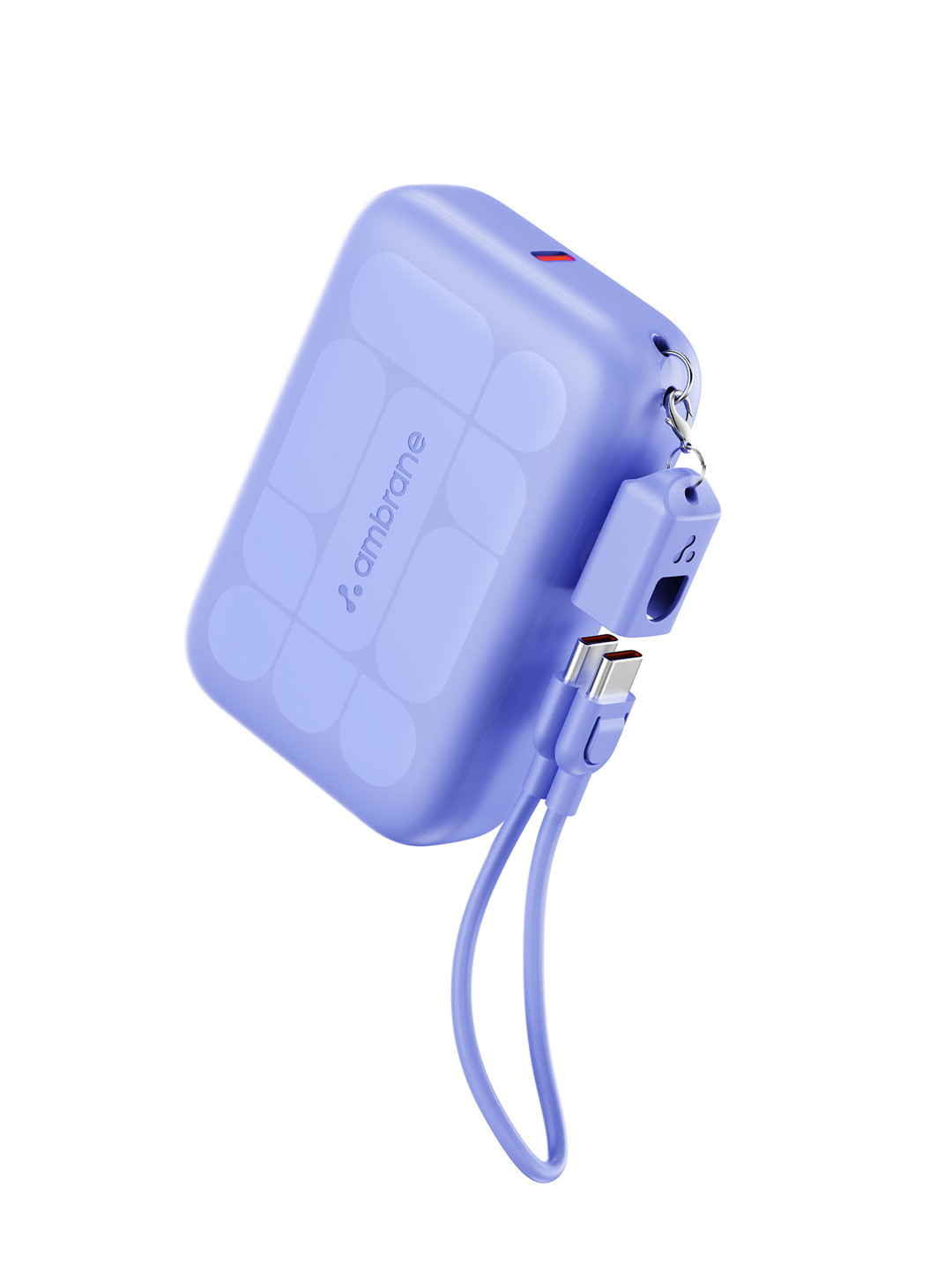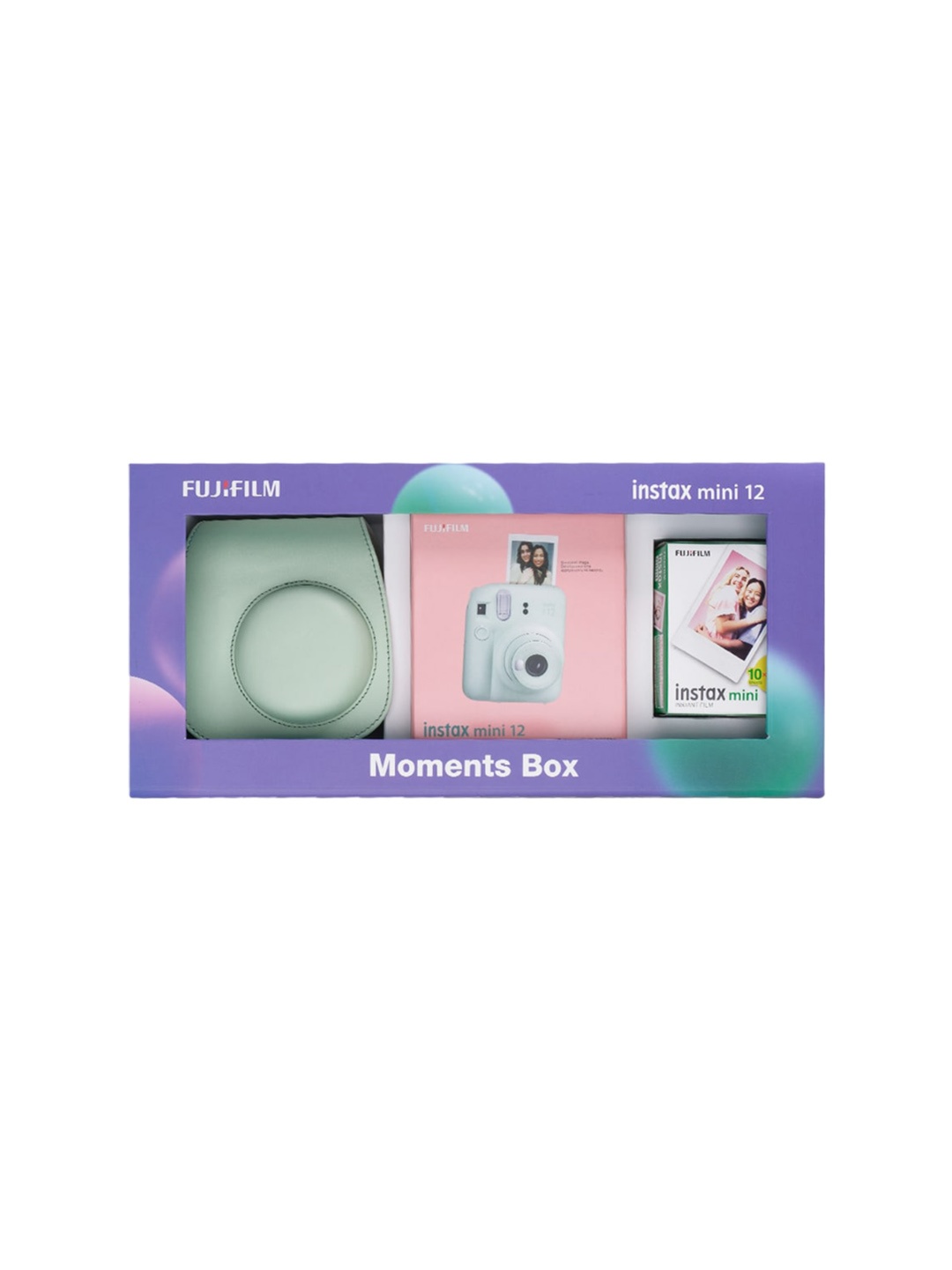How To Choose The Right Laptop For Your Content Writing Journey
Choosing the right laptop as a content writer goes beyond specs. It's about comfort, speed, and reliability. Here's a practical guide to finding the perfect writing partner.

Best Laptops For Content Writers: Choose The Right Fit For Your Writing Goals
As a content writer, your laptop is not just a device, it's your creative canvas, workspace, and daily companion. From meeting deadlines to managing client feedback and switching between research tabs, your machine should keep pace with your words. But with hundreds of models flooding the market, how do you know what truly suits your style of working? Whether you blog, script, freelance, or manage content full-time, the right laptop should balance performance, comfort, and reliability. This guide helps you choose wisely so that your ideas flow without interruption.
Understanding Your Needs As A Writer
Before rushing into processor speeds or storage options, it's vital to assess how you use your laptop. Content writers primarily need machines that handle text-heavy tasks, multiple browser tabs, and occasional graphic tools. Unlike video editors or gamers, you may not need high-end graphics cards, but you do need excellent battery life, a comfortable keyboard, a non-glare display, and reliable performance for multitasking.
If your writing involves basic SEO work, uploading to CMS platforms, and collaborating on tools like Google Docs, a mid-range laptop with modern specs can serve you perfectly.
Also Read: Laptop Bags Starting At ₹200: Top 5 Stylish And Affordable Picks
Prioritise These Key Features
1. Keyboard Quality: Writers spend hours typing, so the keyboard must be comfortable, tactile, and spacious. Look for well-spaced keys with soft feedback and backlighting, especially if you prefer working in low light. Avoid cramped keyboards or shallow key travel that strains your fingers during long writing sessions.
2. Battery Life: Portability is nothing without battery power. As someone who might prefer a coffee shop corner or your balcony desk, long battery life is essential. Aim for a minimum of 8–10 hours to avoid tethering yourself to a charging point every few hours.
3. Display Comfort: A crisp, glare-free display reduces eye strain. For writers, a 13 to 15.6-inch screen with Full HD resolution is generally ideal. Matte finish displays or anti-glare coatings are helpful if you work outdoors or near windows. Bonus points if it supports blue light reduction.
4. Portability: As a writer, you may move between co-working spaces, cafes, or rooms in your home. Lightweight laptops, especially under 1.5kg, ensure your device isn't a burden to carry. Thin and light models with sleek builds are more than aesthetics, they're convenience.
5. Storage and Speed: Writers usually don't need huge storage, but a fast SSD (Solid State Drive) significantly boosts performance. A 256GB or 512GB SSD ensures quicker boot-ups and smoother multitasking. Combine this with at least 8GB RAM to keep your browser and writing apps running without lag.
Windows Or macOS?
It boils down to preference. Windows laptops offer more variety and pricing flexibility. You'll find a wider range from budget-friendly to high-end ultrabooks. macOS, found in Apple laptops, is known for reliability, build quality, and seamless performance, especially with writing and creative tools.
If you're used to the Apple ecosystem or value a clean interface, MacBooks are a good investment. However, if budget and software compatibility are key concerns, premium Windows laptops are more customisable and accessible.
Also Read: Stay Cool For Less: 5 Best Laptop Cooling Pads That Deliver Results
Think Long-Term Usability
Your laptop is an investment. While budget matters, think of how long a device will last and support software updates. Choose a laptop with a modern processor (like Intel i5/i7 or AMD Ryzen 5/7), a robust build, and good customer support service.
Additionally, ensure it has ample ports (USB, HDMI, etc.), a responsive trackpad, and webcam quality suitable for virtual client meetings or writing workshops.
A Word On Budget
You don't need to splurge to get a writer-friendly laptop. Great options exist between ₹50,000 to ₹90,000 in India, offering excellent build, performance, and longevity. Budget laptops around ₹40,000 can still meet basic writing needs if you prioritise SSD, decent battery, and a comfortable keyboard.
Always compare models online, read user reviews, and look out for seasonal discounts that can make premium models more affordable.
Also Read: Acer, ASUS To Lenovo, Top 5 Laptops Under ₹55,000 That Balance Performance And Price
When To Upgrade
If your current laptop lags with multiple tabs, takes ages to boot, heats up regularly, or the keyboard has worn out, it's time to upgrade. Similarly, if you find yourself procrastinating because your device is a constant source of frustration, it's costing you productivity, not saving money.
Products Related To This Article
1. Lenovo IdeaPad Slim 3 13th Gen
2. Lenovo IdeaPad Slim 3
3. HP 255 Notebook
4. acer Aspire 3 Spin 14 Intel Core i3 N305 Laptop
5. Lenovo V15 G2 IJL 15.6" FHD Intel Celeron N4500
6. Acer Aspire Lite AMD Ryzen 3 5300U Premium Thin and Light Laptop
7. Lenovo Thinkbook 16 G6 AMD
8. Walker Thin & Light Laptop,14.1
9. Acer Aspire 3 Laptop Intel Core Celeron
10. Acer [SmartChoice Aspire 3 Laptop Intel Core Celeron N4500
Frequently Asked Questions (FAQs)
Q1. What Is The Most Important Feature In A Laptop For A Content Writer?
Keyboard comfort is crucial. As content writers type for long hours, a spacious, tactile, and well-lit keyboard greatly improves speed and comfort.
Q2. Do Content Writers Need Laptops With High RAM?
Yes. At least 8GB of RAM is recommended to handle multitasking, such as running browser tabs, word processors, and content tools, without slowing down.
Q3. Is A MacBook Worth It For Writers?
If your budget allows, yes. MacBooks offer a smooth writing experience, a great display, long battery life, and an excellent build. However, many Windows laptops deliver similar quality at lower prices.
Q4. Should Writers Choose SSD Or HDD Storage?
An SSD is highly recommended for faster performance. It ensures quick boot times, smooth multitasking, and faster loading of applications compared to traditional HDDs.
Q5. How Often Should Writers Replace Their Laptops?
Typically, every 4–6 years, depending on usage and how well the device has aged. Slowing speed, battery issues, or hardware damage may signal it's time for an upgrade.
Finding the perfect laptop as a content writer isn't about chasing specs; it's about identifying what fuels your creative rhythm. Whether you write from home, travel with your work, or balance freelance projects, the right laptop will keep your ideas flowing effortlessly. Comfort, speed, and longevity matter more than unnecessary bells and whistles.
By investing in a machine that complements your writing life, you not only boost productivity but also enjoy the process more. After all, your stories deserve a device that's as reliable and sharp as your pen, only digital.
Disclaimer: The images used in this article are for illustration purpose only. They may not be an exact representation of the products, categories and brands listed in this article.




























